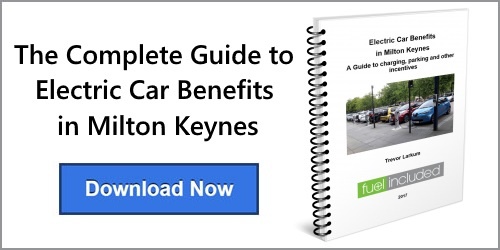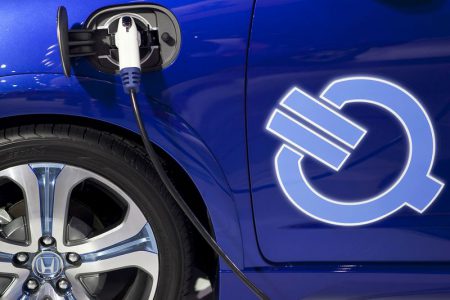Times are changing for drivers

Volvo’s announcement on 5 July that from 2019 it would be making only EVs is not a statement about demand now, but about demand that manufacturers want to create.
For now, penetration of EVs is low. The global stock doubled from 1m units in 2015 to 2m last year, says the International Energy Agency—but that’s still less than 1% of the world’s fleet.
One percent seems a small market to pin your future on. But if Volvo, Tesla and the others have their way, the S-curve for EVs will deal with the rest. Marketing will too. Be ready for the spiel that forever renders the internal-combustion engine something akin to a Nokia 3310 handset and the battery-powered car like the iPhone 6: yesterday’s technology versus today’s.
Back to the future
In short, whatever the size of the market now, carmakers sniff an opportunity to revive their industry by selling not just another tired diesel or gasoline model but something that genuinely feels like it belongs in the same century as a smartphone. Scores of new models will be offered in the next two years—with longer ranges and smaller price tags.
Volvo is too small in most of the world to be anything but a symbol of this. As EV sceptic Cüneyt Kazokoglu, an analyst at Facts Global Energy, wrote on Twitter , despite the company’s “cheap marketing trick”, Volvo’s market share in Europe is just 1.8% and globally only 0.7%.
Still, since 2010, Volvo has been owned by Zhejiang Geely Holding Group, a Chinese conglomerate, and the announcement reflects the proprietor’s priorities. Chinese companies, like their government, are serious about EVs. Purchases there are soaring, thanks in part to subsidies. Beijing wants to increase annual sales tenfold in the next decade, to 7m units a year by 2025. Bloomberg New Energy Finance reckons EVs will account for all new-vehicle sales growth in the next eight years.
It’s hard to overstate how big a problem this is for the oil industry. First the obvious: real EV take-off from consumers has the potential to wipe millions of barrels of daily oil demand from forecasts, especially if trucks start plugging in too.
It would be a problem—though it might not be imminent. A mainstay of industry conferences are the speakers who line up to assure their audience of oil’s longevity, the developing world’s thirst for more crude, the resurgence of SUVs and the statistically peripheral position of EVs in the market. They’ve been right in the past (remember the peak oil threat?) and might be this time too.
If the oil industry’s best answer to EVs is a belief that consumers will resist their urge to buy shinier, more advanced, more efficient and, eventually, more economical technology, then investors will punish them. Pinning a business on hopes that drivers will stick with older, dirtier technology is risky.
Read more: Petroleum Economist








